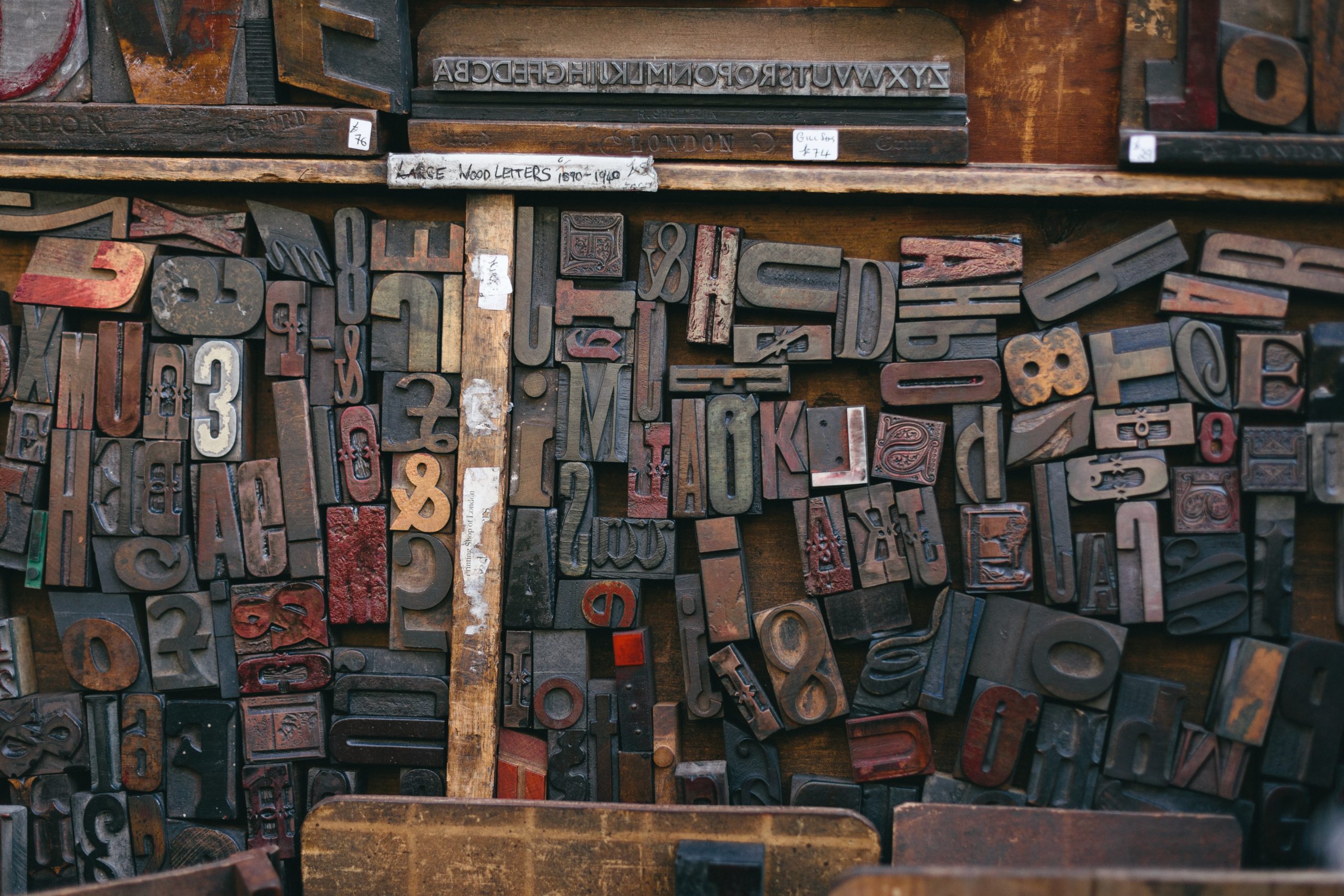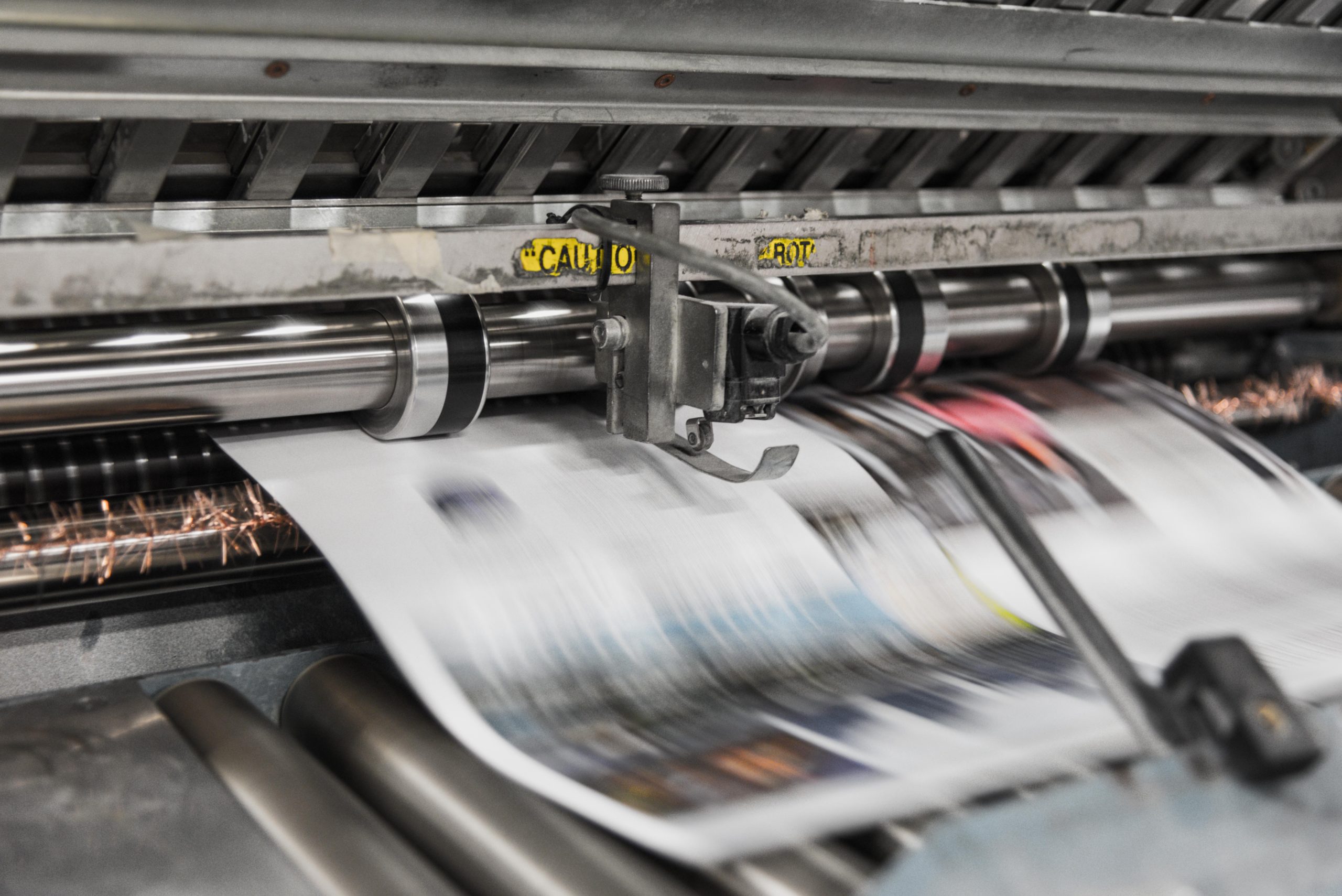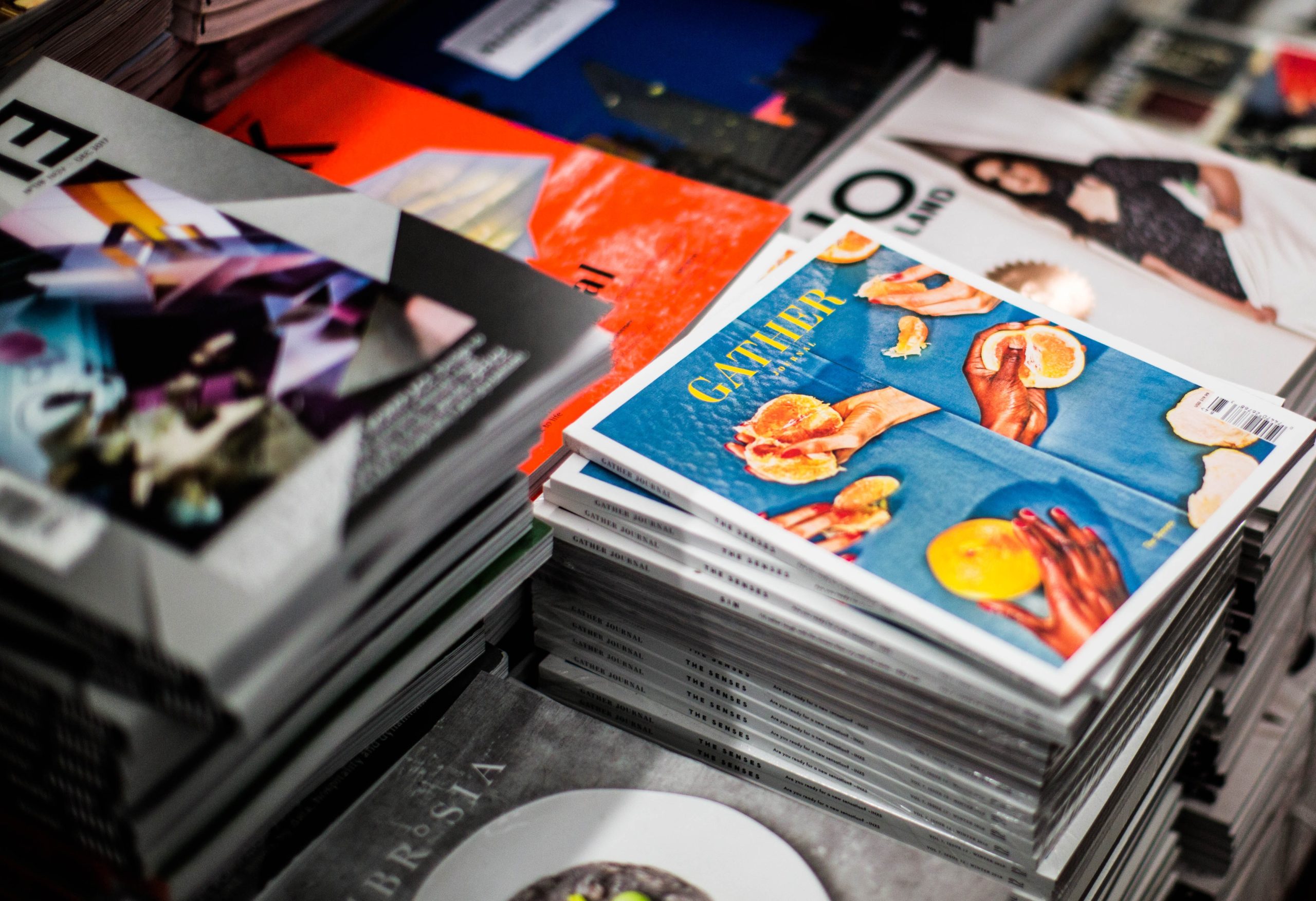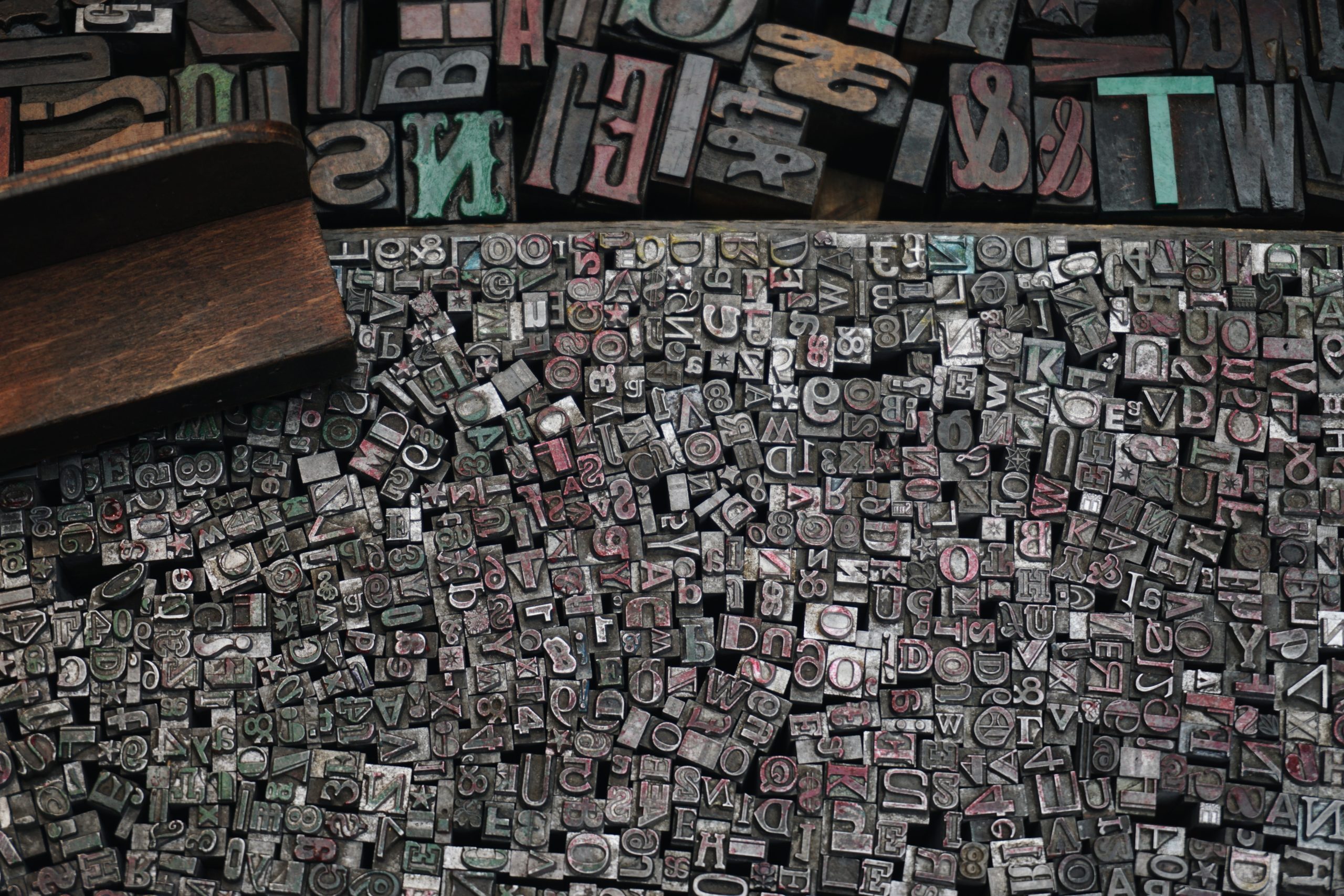Over the years the printing industry has evolved and revolutionized, from the original woodblock printing, to lithography, to today’s offset and digital printing. We are able to do things that our predecessors could hardly imagine. But with all of our modern conveniences and innovations, it’s important to consider where the industry began.
Are you aware of the history of lithography?
We need to understand the history of our industry in order to truly appreciate the art. With that said, here is today’s history lesson.
What is lithography?
Invented in 1796, lithography is one of the first five printing methods ever created. The term itself is of Greek origin: lithos, meaning “stone,” and graphein meaning “to write.” The process differs from other printing forms of its time, as there is no carving involved.
Artists draw an image on a stone using oil, fat, or wax. The stone itself is then covered with gum arabic, comprised of tree sap. Water is then poured or sponged onto the surface of the stone, followed by the ink used to create the image. Water and oil are immiscible; this principle allows for a clean image to be transferred directly from the stone onto paper.

How was it conceived?
Lithography’s invention, like most things in life, was derived from a basic need. German author-actor Alois Senefelder was searching for an inexpensive way to publish his theatrical works. Following its conception, the method grew and evolved over the years as different artists discovered and adapted it to their needs. By the 19th century, lithography allowed for precise, multicolored prints to be produced on a variety of materials in mass.
What role does lithography play today?
Lithography may be among the oldest forms of printing, but it’s still holding strong in multiple industries, including the world of fine art.
On a larger scale, lithographic printing or offset printing, the grandchild of lithography, is responsible for nearly 50 percent of today’s printed materials.
What is offset printing?
The foundation of the offset press’s function is very similar to the original lithographic technique.
The difference? Offset printing uses a plate to create printed images, rather than stone.
Before the printing process begins, a plate is created during pre-press production for each color that will be used to print the final image. Once the plate is on the press, paper is fed through a series of cylinders.
At the start of the print journey are water rollers and ink rollers that come in contact with the printing plate. The printing plate then transfers the image onto a rubber cylinder, called the offset or blanket cylinder, hence the name offset printing. The blanket cylinder then lays the image onto the paper with the help of the impression cylinder. Its duty is to keep tension on the paper, and allow for a clean print.
Offset printing remains the largest method used because of its low-cost, mass production capability and high quality.

What’s the difference between Web press and Sheet-fed Press?
You may hear offset printing mentioned in conjunction with the terms web press or sheet-fed press. Are the words interchangeable? The answer is no.
Offset printing is a method and it is performed using a web press or a sheet-fed press. The web press uses giant rolls of paper that run through the machine until the job is done, while a sheet-fed press uses individual sheets to complete a job.
Both machines perform similar duties, and print in nearly identical fashions. Paper passes through a series of cylinders until an image is fully printed.

The resurgence of lithography in a new fashion
Over the past 20 years, a new competitor has stepped into the printing industry. Digital printing. The process incorporates even higher quality print capabilities and directly communicates with computer systems. Offset printing is a nearly 100 percent analog printing process.
Many industry leaders in the past have feared that the introduction of digital printing would completely wipe out the need for offset printing. But, as time has progressed, we now realize there is a need and room for both.
Digital printing allows for exploration of new printing applications, though it’s typically used for jobs of a smaller quantity. Offset printing has flexibility, though it is limited. What keeps the tried and true process in place is its ability to print in mass.
A look into the future of printing shows a fusion of the two methods, whether by one individual machine, or just allowing the two machines to coexist in a space. Either way, it appears offset printing is here to stay, Alois Senefelder and his invention of lithography have left their mark. By understanding the past, we can appreciate the future.
What changes have you seen in the industry?
What are you looking forward to?
Leave your comment, question, or suggestion in the form below, or email us.
Citation: iTek. What is Offset Printing?: History of Offset Printing. https://itekrocks.com/what-is-offset-printing/. Accessed 1 April 2020.

Leave a Reply